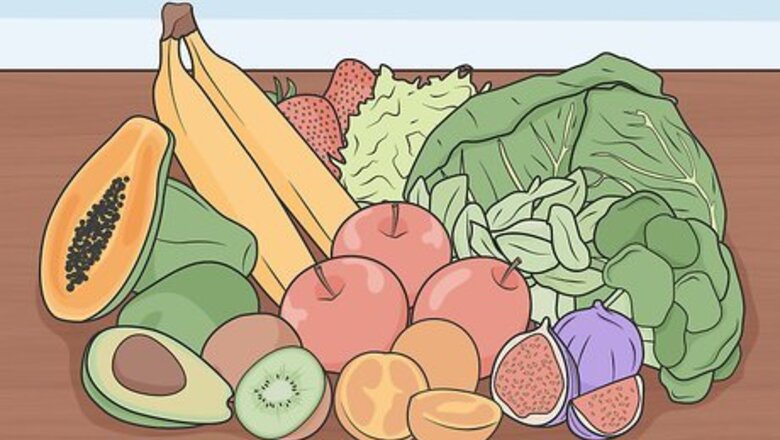
views
X
Research source
While inflammation is a normal part of the healing process, too much prostaglandin can lead to chronic pain and discomfort. This can be especially troubling for women, because prostaglandins are produced during menstruation. Luckily, you may be able to control your prostaglandin levels with some easy dietary changes. Try these steps to see if your pain decreases, and don’t hesitate to see your doctor if you don’t notice any difference.
- Eat plenty of fruits and vegetables (especially pomegranates), fiber, and omega-3 fatty acids.
- Avoid saturated fats, omega-6, and processed foods while also cutting back on meat and animal products.
- Natural treatments like honey mixed with water and mangosteen extract can be helpful too.
Eating the Right Foods

Follow a generally healthy diet high in fruits and vegetables. This might seem like a simple step, but it really works. Studies show that a generally healthy diet that follows normal guidelines can lower overall prostaglandin levels. Particularly, diets high in fruits and vegetables have the best results. Try to follow the healthiest diet possible to control your prostaglandin levels. Also include plenty of whole grains, legumes, lean proteins, fish, soy, and nuts in your diet.

Block estrogen with a high-fiber diet. Sometimes, your body reabsorbs estrogen, which stimulates prostaglandin production. This is called hormone recycling. Luckily, fiber can bind to estrogen and prevent your body from reabsorbing it. Make sure your diet is rich in fiber to stop estrogen from causing higher prostaglandin production. Good sources of fiber include beans, leafy green vegetables, nuts, and whole grains. Try to get as much fiber as you can from plant sources, because animal products can stimulate more prostaglandin production.
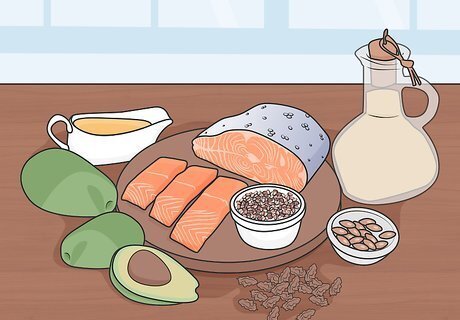
Include omega-3s to fight inflammation. Omega-3 fatty acids can prevent prostaglandin production and also help lower omega-6s, a building block for prostaglandins. The best source for omega-3s is fish, so have a few fish servings each week. You can also get more omega-3s from fish oil supplements. If you’re a vegetarian or vegan, you can get omega-3s from flax and chia seeds and oil.
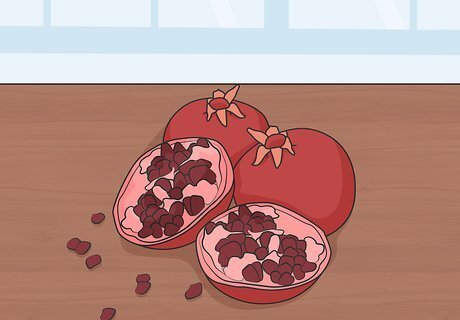
Eat more pomegranates. While all fruits and vegetables are good for you, pomegranates are best for lowering prostaglandin. The nutrients in this fruit can inhibit prostaglandin production and lower the overall levels in your body. Include some pomegranates in your diet to enjoy these benefits.
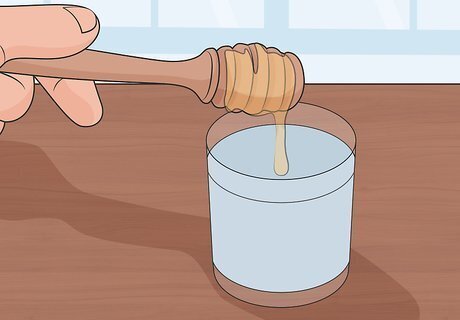
Mix honey into water for a natural treatment. This sounds strange, but in a very small study natural honey possibly lowered prostaglandin levels. Mix 1.2 g (1/7 tsp) of natural honey per 1 kg (2.2 lb) of your bodyweight into 250 ml (1.1 c) of water. Drink this mixture once a day for 15 days. For example, if you weigh 90 kg (200 lb), then you’d mix 108 g (15 tsp) of honey into the water. There’s a lot of sugar in this much honey, so this isn’t meant as a long-term treatment.
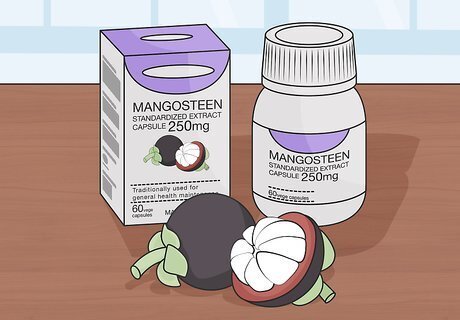
Take mangosteen extract. In one study, extracts from the mangosteen plant lowered prostaglandin in rats. There's no evidence that it has the same effect in humans, but you can try it if you'd like to. Try taking a 40% ethanol extract from this plant to see if it works. There is no universal dose for mangosteen, so always follow the instructions on the package or ask your doctor.
Avoiding Inflammatory Foods
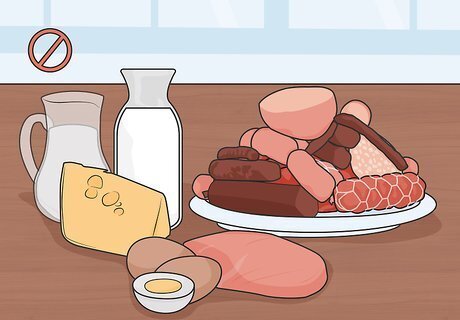
Cut saturated fats out of your diet. High-fat diets in general tend to increase prostaglandin production, but saturated fat is a particular culprit. Try to reduce your saturated fat intake as much as possible to lower your overall prostaglandin levels. Common saturated fat sources include red meat, poultry skin, whole-fat dairy products, butter and lard, ice cream, and coconut oils.

Reduce your omega-6 intake. While omega-3s can help reduce prostaglandins, omega-6s can actually increase it. This is because they’re the building blocks for lipids like prostaglandin. Try to reduce the amount of omega-6 sources in your diet. Omega-6 sources include safflower, sunflower seeds and oil, corn, soybeans, pecans, Brazil nuts, and sesame oil.
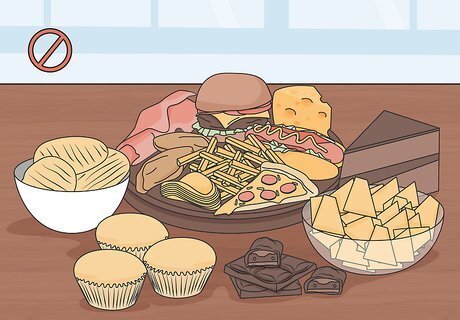
Eat fewer prepackaged and processed foods. These foods tend to be low in fiber, and can also increase the amount of estrogen in your body. This stimulates prostaglandin production. Do your best to eliminate processed foods from your diet and have fresh meals instead.
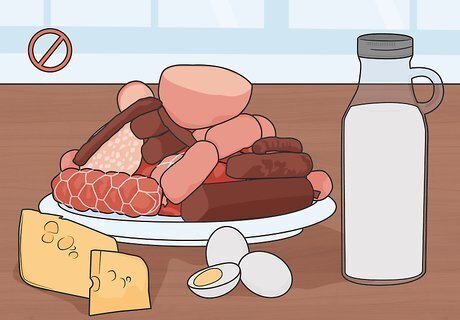
Have less meat and animal products. Animal products in general tend to increase the estrogen in your body, which leads to more prostaglandin. Try to reduce the amount of meat and dairy in your diet to avoid producing too much prostaglandin. Women with diets high in animal products also tend to experience worse menstrual pain, so reducing your intake can be helpful. Animal products like red meat are also high in saturated fat, which could stimulate prostaglandin production.















Comments
0 comment